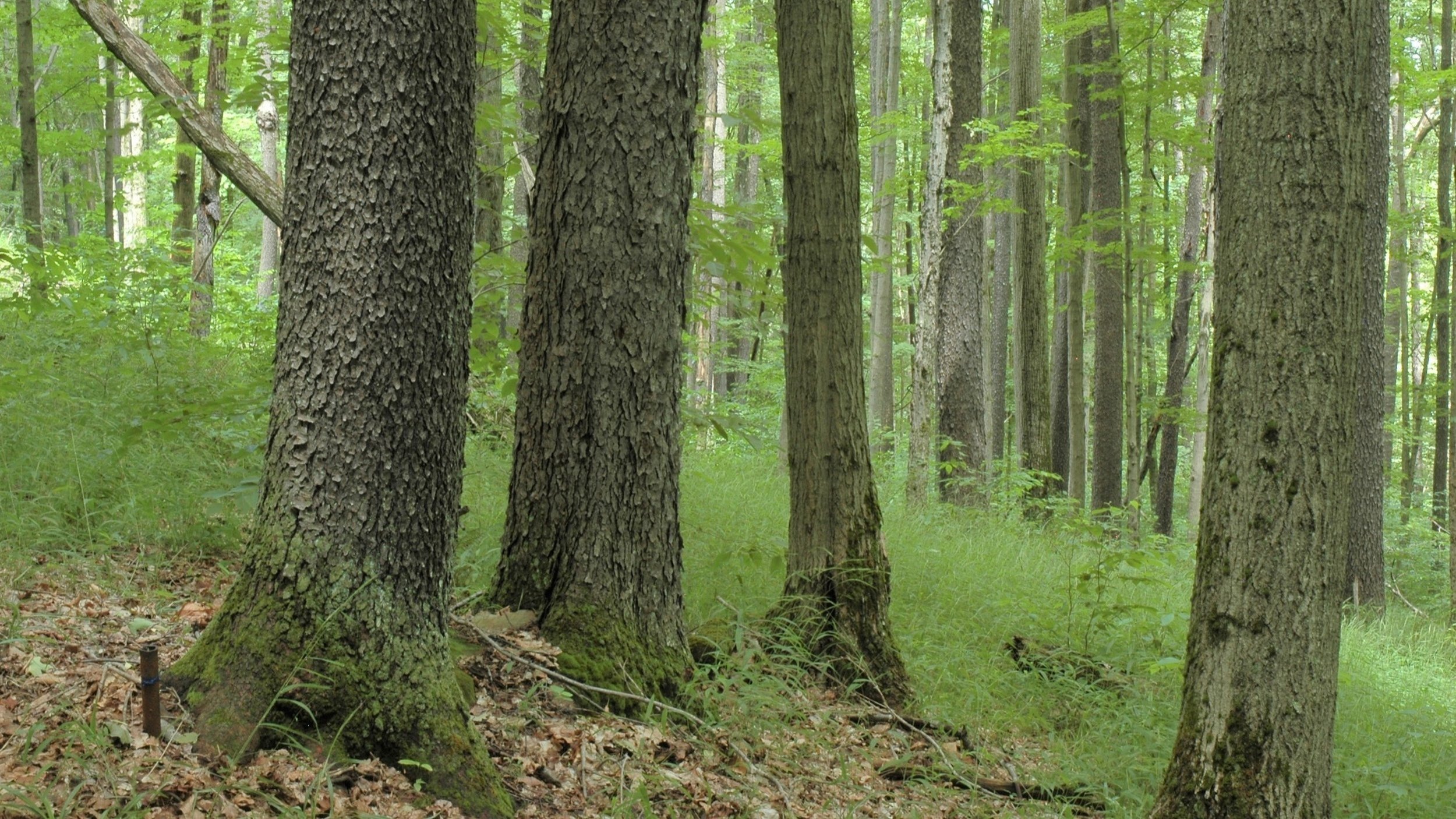
Deer-Forest Interactions
Comparison of deer browsing impacts using fenced versus unfenced areas. Photo credit: Gary Alt.
A central aspect of my career centers on uncovering how herbivory shapes plant communities over both short and long timescales. Using the Allegheny hardwood forests as a model, I’ve built a globally recognized research program that informs both science and practice in deer-forest dynamics.
My work spans scales—from identifying natural browse refugia to leading long-term experiments that reveal how deeply browsing alters vegetation. I’ve developed methods to predict browse susceptibility, studied how forest and deer management interact to enhance diversity, and conducted regional to continental analyses using field data and remote sensing. My syntheses link herbivory to broader issues like climate change.
Long-term impacts of browsing can radically shift forests, creating species-poor communities dominated by few species, like hay-scented fern.
Representative publications:
Reed, S. P., Royo, A. A., Fotis, A. T., Knight, K. S., Flower, C. E., & Curtis, P. E. (2022). The long-term impacts of deer herbivory in determining temperate forest stand and canopy structure. Journal of Applied Ecology, 59(3), 812–821. PDF
Royo, A. A., & Carson, W. P. (2022). Stasis in forest regeneration following deer exclusion and understory gap creation: A ten-year experiment. Ecological Applications, 32(4), e2569. PDF
Royo, A. A., & Carson, W. P. (2006). On the formation of dense understory layers in forests worldwide: Consequences and implications for forest dynamics, biodiversity, and succession. Canadian Journal of Forest Research, 36, 1345–1362. PDF


